| Weight | 1 lbs |
|---|---|
| Dimensions | 9 × 5 × 2 in |
| accession | Q9NRJ3 |
| express system | E.coli |
| product tag | biotin at C-terminal |
| purity | > 97% by SDS PAGE |
| molecular weight | Predicted Molecular Mass: 14,490.7111 Da Extinction Coefficient: 14,300 M-1 cm-1 Actual Molecular Mass: 14,490.7111 Da by ESI Mass Spec |
| available size | 10 µg, 100 µg, 2 µg, 50 µg |
| endotoxin | <0.01 EU per 1μg of the protein by the LAL method |
Biotinylated Mucosae-associated epithelial chemokine (MEC/CCL28) 8023
Price range: $134.00 through $2,862.00
Summary
- Expression: E.coli
- Amino Acid Range: 23-127
Biotinylated Mucosae-associated epithelial chemokine (MEC/CCL28) 8023
| protein |
|---|
| Database link: human Q9NRJ3 |
| Size and concentration 2, 10, 50, 100µg and lyophilized |
| Form Lyophilized |
| Storage Instructions Avoid repeated freeze-thaw cycles: • 12 months from date of receipt, -20 to -70 °C as supplied. • 1 month, 2 to 8 °C under sterile conditions after reconstitution. • 3 months, -20 to -70 °C under sterile conditions after reconstitution |
| Storage buffer ​Reconstitution: Spin sample prior to reconstitution. Recommended concentration of 100µg/mL in sterile water. Shipping: Room Temp |
| Purity > 97% by SDS PAGE and HPLC |
| target relevance |
|---|
| Mucosae-associated epithelial chemokine (MEC/CCL28) is secreted by epithelial cells of gastrointestinal and nonintestinal mucosal cells, and regulates chemotaxis of cells expressing surface receptors CCR3 and CCR10. It shows broad-spectrum antibacterial activities, and could also be useful in vaccination of HIV infection. |
| Protein names C-C motif chemokine 28 (Mucosae-associated epithelial chemokine) (MEC) (Protein CCK1) (Small-inducible cytokine A28) |
| Gene names CCL28,CCL28 SCYA28 |
| Protein family Intercrine beta (chemokine CC) family |
| Mass 14280Da |
| Function FUNCTION: Chemotactic activity for resting CD4, CD8 T-cells and eosinophils. Binds to CCR3 and CCR10 and induces calcium mobilization in a dose-dependent manner. |
| Subellular location SUBCELLULAR LOCATION: Secreted. |
| Tissues TISSUE SPECIFICITY: Preferentially expressed by epithelial cells of diverse tissues including normal and pathological colon, salivary gland, mammary gland, trachea and rectum. Also found in prostate, spleen, thyroid, psoriasis skin and in lower levels in peripheral blood leukocytes, small intestine, Peyer patches, stomach and normal skin. |
| Target Relevance information above includes information from UniProt accession: Q9NRJ3 |
| The UniProt Consortium |
Data
FAQ/Publications
| pmid | title | authors | citation |
|---|---|---|---|
| We haven't added any publications to our database yet. | |||
Protocols
| relevant to this product |
|---|
| Migration assay |
Documents
| # | ||
|---|---|---|
| Please enter your product and batch number here to retrieve product datasheet, SDS, and QC information. | ||
Only logged in customers who have purchased this product may leave a review.

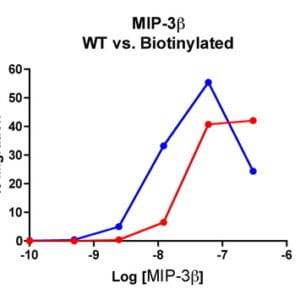
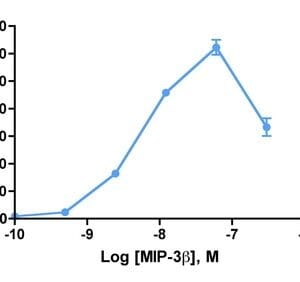
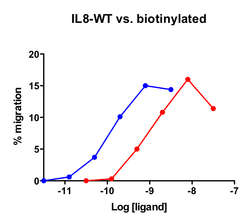

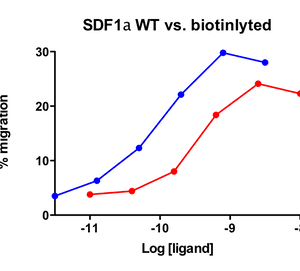
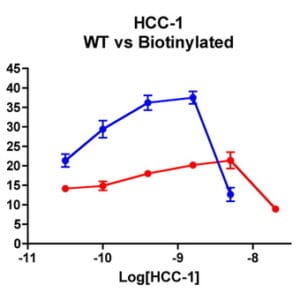
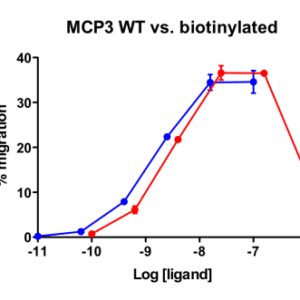
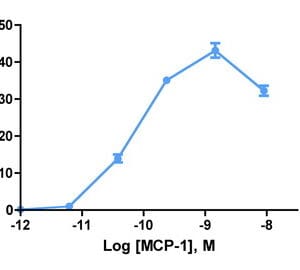
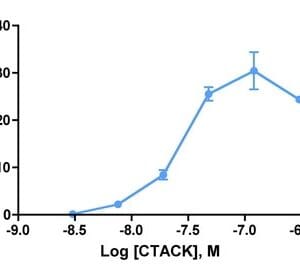
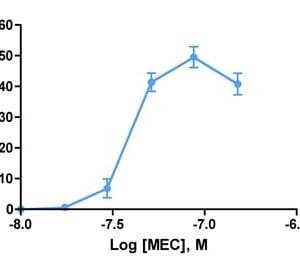

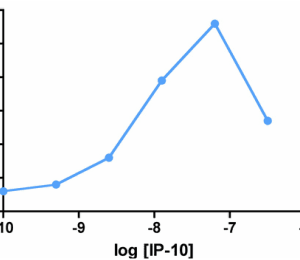
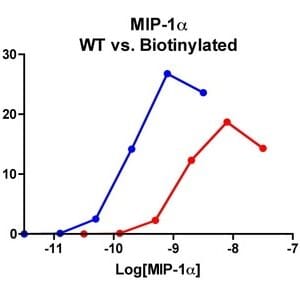
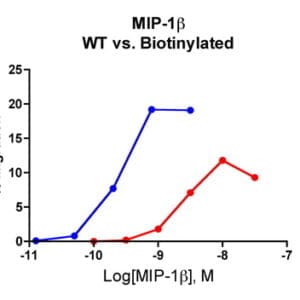

Reviews
There are no reviews yet.